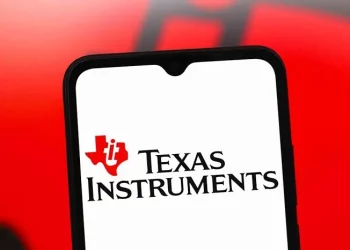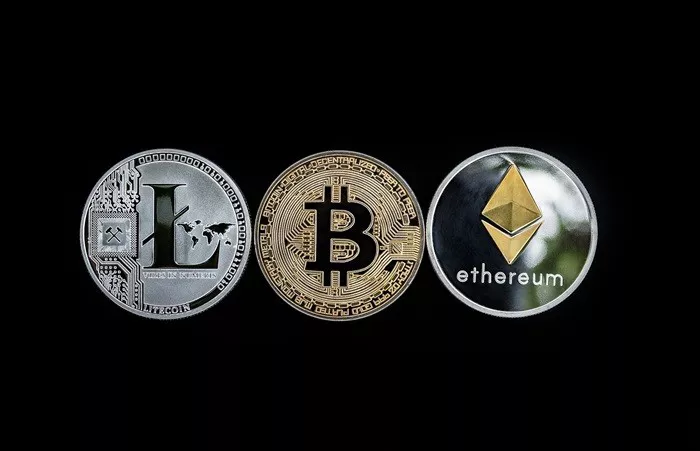The stock market is about to flash a rare bullish signal.
The indicator measures the broad participation of the stock market in an ongoing rally.
Historically, the signal has predicted strong gains for the S&P 500 in the coming months.
The stock market is about to flash an extremely rare bullish signal: the Zweig Breadth Thrust indicator.
The signal looks at 10-day trading intervals in the stock market. If it does, it would suggest that the stock market is about to enter a new bullish phase and that the tariff-induced decline earlier this month represents a “bottom” for risk assets.
What is the Zweig Breadth Thrust indicator?
The indicator measures the overall participation of various securities in the stock market’s rally. The indicator was developed by Martin Zweig, an investor and author of How to Win on Wall Street.
The indicator has only flashed 18 times since 1945, with the most recent signal coming in November 2023.
What needs to happen for the signal to flash?
The indicator is calculated by taking the 10-day moving average of the number of stocks that have advanced and dividing it by the sum of the number of stocks that have advanced plus the number of stocks that have declined.
The calculation yields a percentage that is triggered when it falls below 40% and spikes above 61.5% over a period of 10 days or less.
The countdown for the indicator began on April 11, when the ratio jumped above 40%. As of Thursday morning, the ratio had risen to 61.34%, according to StockCharts.com.
The tenth day of the countdown clock is Friday, so stocks need to continue to rise on broad participation for a bullish signal to be issued.
Ryan Detrick, chief market strategist at the Carson Group, has been watching the indicator closely over the past week.
“While the calculation is a little confusing, the bottom line is that many stocks have moved from oversold to overbought in a short period of time,” Detrick told Business Insider.
What happens next after the indicator flashes?
The Zweig Breadth Thrust indicator has a perfect record of predicting stock market gains in the six and 12 months following its flash.
Detrick said that in the 18 times that signal occurred, the S&P 500 returned an average of 15.3% and 24.0% over the next six and 12 months, respectively.

































